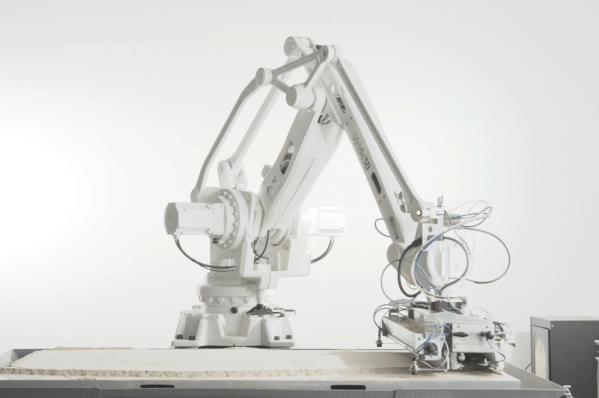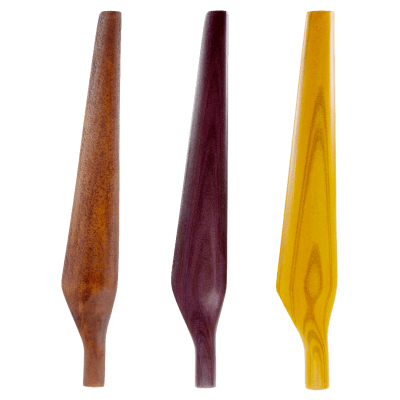Can you weld wood? It seems like a silly question — if you throw a couple of pieces of oak on the welding table and whip out the TIG torch, you know nothing is going to happen. But as [Action Lab] shows us in the video below, welding wood is technically possible, if not very practical.
Since experiments like this sometimes try to stretch things a bit, it probably pays to define welding as a process that melts two materials at their interface and fuses them together as the molten material solidifies. That would seem to pose a problem for wood, which just burns when heated. But as [Action Lab] points out, it’s the volatile gases released from wood as it is heated that actually burn, and the natural polymers that are decomposed by the heat to release these gases have a glass transition temperature just like any other polymer. You just have to heat wood enough to reach that temperature without actually bursting the wood into flames.
His answer is one of the oldest technologies we have: rubbing two sticks together. By chucking a hardwood peg into a hand drill and spinning it into a slightly undersized hole in a stick of oak, he created enough heat and pressure to partially melt the polymers at the interface. When allowed to cool, the polymers fuse together, and voila! Welded wood. Cutting his welded wood along the joint reveals a thin layer of material that obviously underwent a phase change, so he dug into this phenomenon a bit and discovered research into melting and welding wood, which concludes that the melted material is primarily lignin, a phenolic biopolymer found in the cell walls of wood.
[Action Lab] follows up with an experiment where he heats bent wood in a vacuum chamber with a laser to lock the bend in place. The experiment was somewhat less convincing but got us thinking about other ways to exclude oxygen from the “weld pool,” such as flooding the area with argon. That’s exactly what’s done in TIG welding, after all. Continue reading “Welding Wood Is As Simple As Rubbing Two Sticks Together”
















